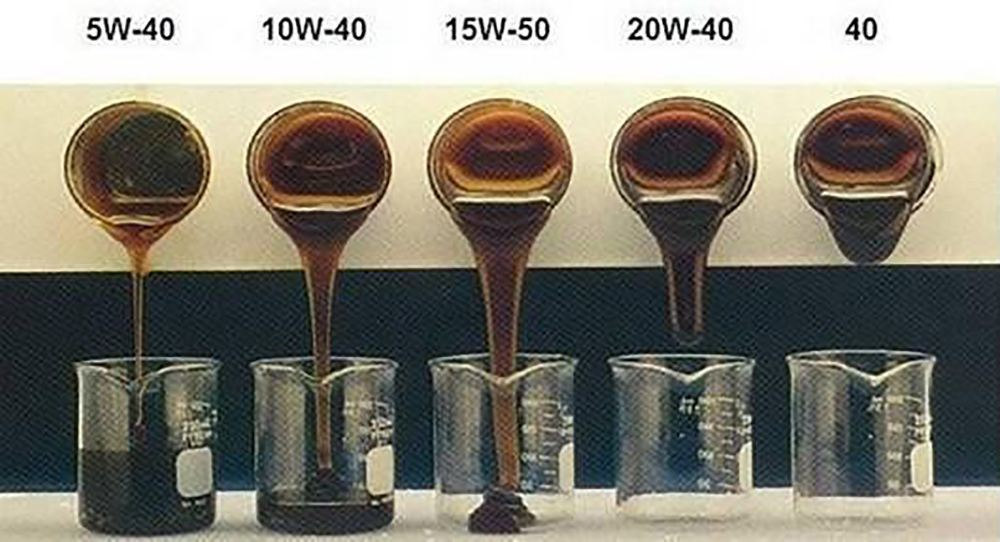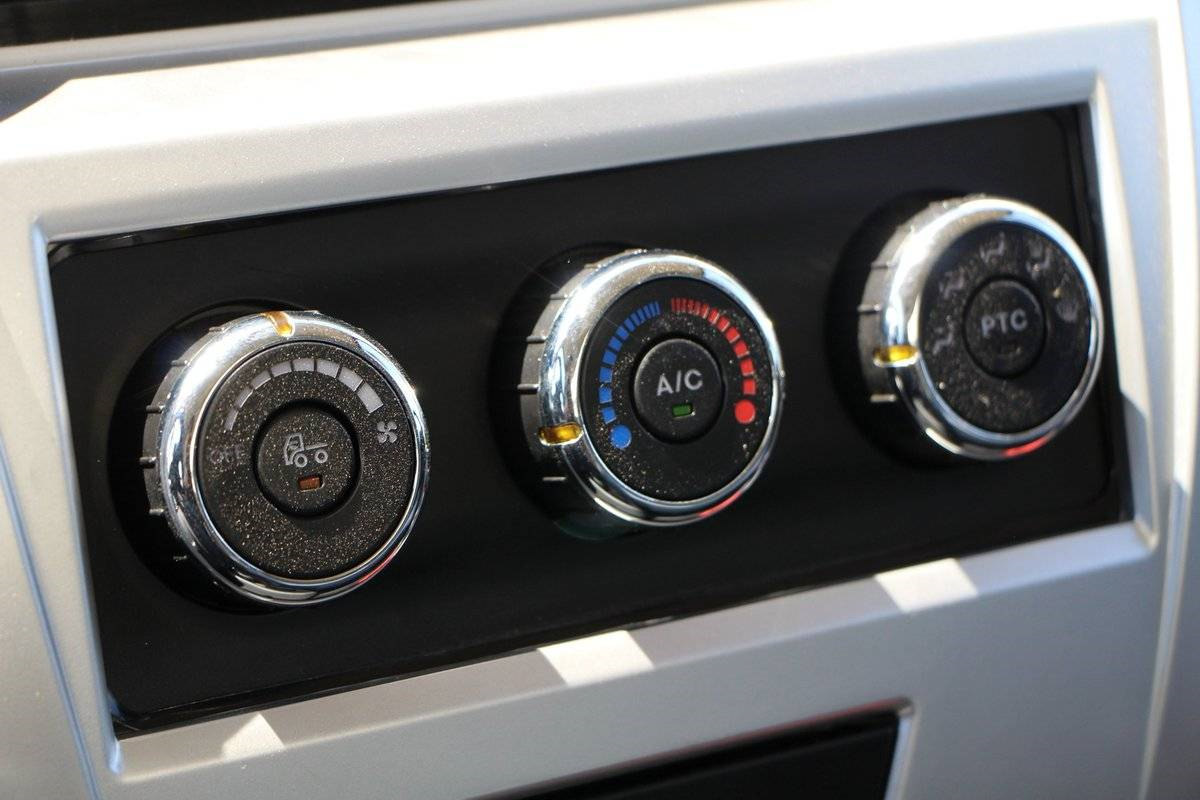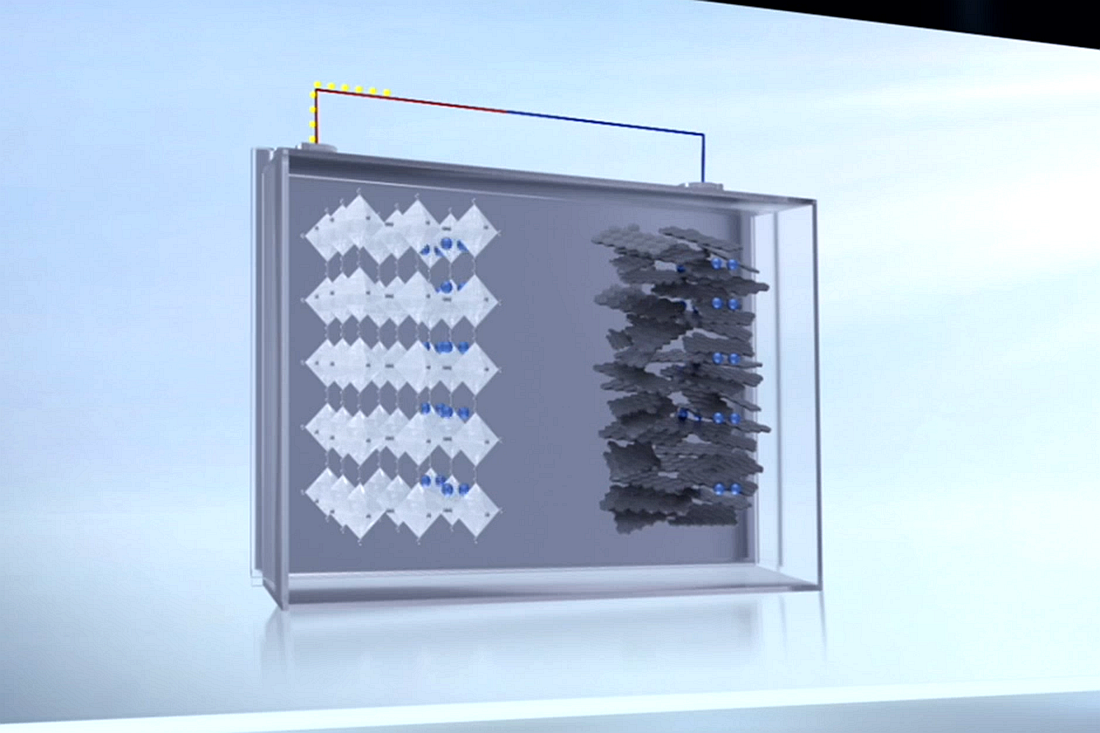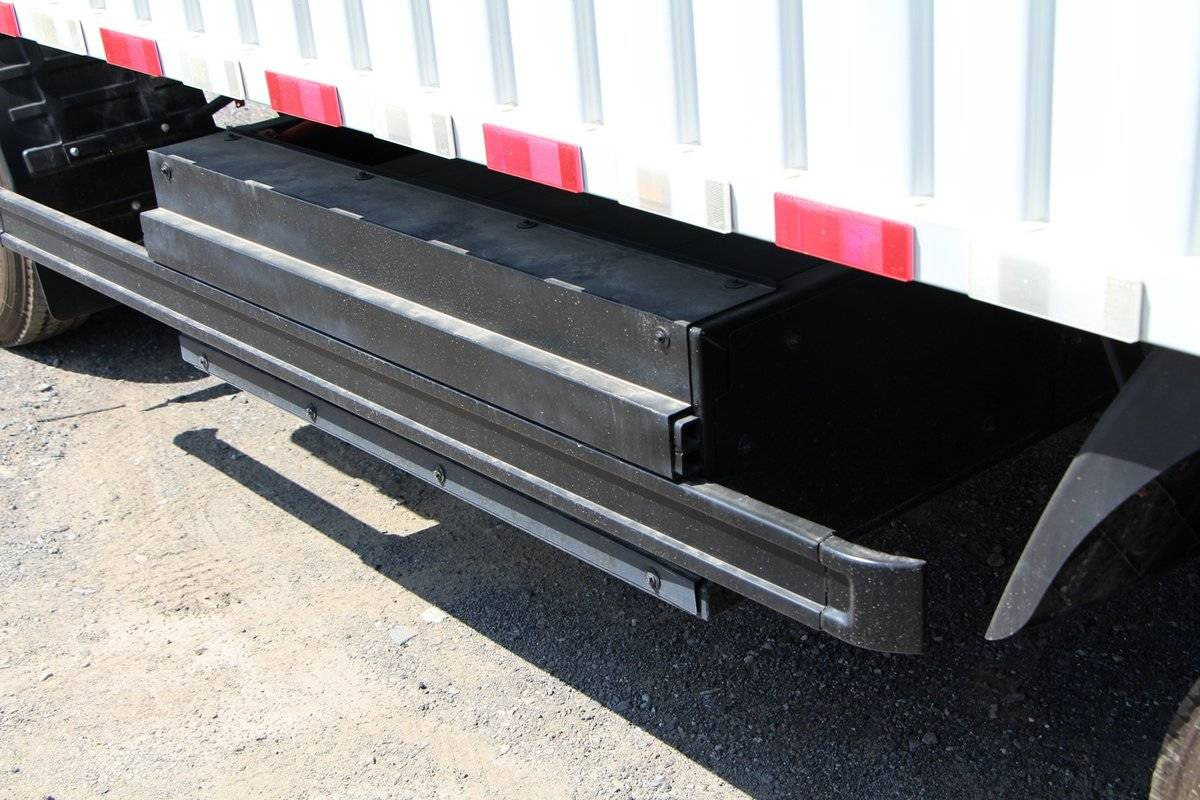Electric Truck Knowledge
Electric Car Battery Drain in Winter: Normal or Not?
Pure electric truck experience reduced battery life during winter, including luxury electric cars with a nominal range of 468 kilometers which can only travel 170 kilometers in winter, as seen on some well-known online truck evaluation platforms.

Do Electric Vehicles Lose Power in Winter? Understanding Battery Life Reduction
Don’t panic just yet, because, with proper battery management and normal usage, the battery life of pure electric vehicles won’t dramatically decrease in winter. But why does this happen in the first place? Let’s delve into the issue.

In reality, there are only a few factors that affect battery life for pure electric vehicles. According to an electric truck engineer, these factors include the available energy of the battery, power consumption per 100 kilometers, and external influences, all of which are illustrated in a tree diagram of the factors affecting the cruising range.
External factors such as ambient temperature, driving conditions, and driving habits can affect the power consumption of electric vehicles. However, the available energy of the battery is also a crucial factor, which depends on factors like the available capacity, maximum discharge power, and consistency of the battery cells. Additionally, power consumption per 100 kilometers can be divided into driving energy consumption and accessory energy consumption. Let’s discuss these factors in detail, starting with external influences.
External influences mainly include driving conditions and driving habits. To illustrate, consider how our temper changes in different environments, as truck owners, may understand. However, energy consumption, it is primarily divided into driving and accessory energy consumption.

Mechanical losses during winter driving may occur due to lower temperatures. For example, low-temperature viscosity can increase the viscosity of gear oil used for lubrication, leading to an increase in gear running resistance even though electric vehicles do not have an engine.
Furthermore, hardened tires also contribute to increased rolling resistance due to their greater hardness, leading to higher energy consumption and reduced battery life. Another crucial factor is the truck’s air conditioning system, which consumes a significant amount of energy. Electric trucks often have high-power air conditioners of 2-3 kilowatts.

So, heating an electric car in winter can significantly reduce its battery life. Although heat pump technology can help, traditional PTC air conditioners still consume a lot of power. According to CCRT’s PPT, the power demand for heating in low-temperature conditions can exceed 3 kW, which accounts for 28.7% of the power demand.
Heating the batteries of electric trucks is essential for optimal performance. But how does it work? Let’s dive deeper into this topic.
The battery performance limitation in low temperatures is a crucial point to consider. When the temperature drops, it becomes more challenging to charge and discharge the battery. In a lithium battery, the movement of lithium ions from the positive electrode to the negative electrode and back relies on the electrolyte and separator. However, in a low-temperature environment, the viscosity of the electrolyte increases, and the density of the separator changes, increasing the resistance to the movement of lithium ions and electrons.
As a result, charging and discharging the battery becomes more difficult, and the battery’s activity decreases, reducing its performance. To illustrate, imagine swimming in a pool from east to west, which is similar to the battery’s charging and discharging process. But if you replace the pool water with thickened cream, it becomes more challenging to swim through, and some people may not be able to swim at all. This analogy illustrates the reason for the battery attenuation in winter.

The solution to this problem is simple, which is to heat the battery.
Data shows that implementing preheating measures can lead to a significant improvement in mileage. For example, at an ambient temperature of minus 20 ℃, driving distance without preheating is only about 60% of the normal temperature mileage, whereas preheating can increase it to 90% of the normal temperature mileage. In other words, using some electricity to “warm up” the battery can actually help increase the vehicle’s cruising range. One option is to use the residual heat generated by the motor, while other options include an external power supply or even a small current battery to achieve heating.
Based on the information provided above, it can be concluded that while the battery may cause power loss in winter and reduce the cruising range, there are various solutions available to combat this issue. Therefore, it is not as terrible as it may seem. To gain further insight, it would be helpful to hear from truck owners who have experience driving electric trucks in winter. If any electric truck owners are available, please share your experiences with us.